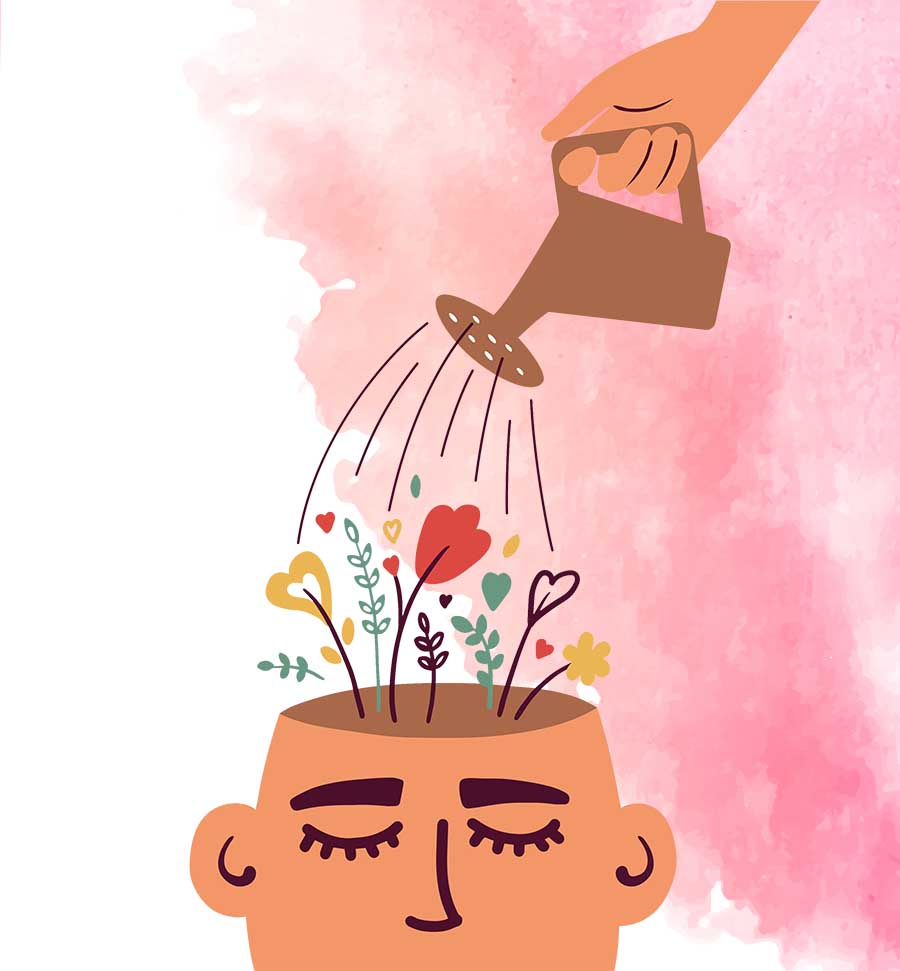The third and final level is collective gratitude. This third level of gratitude stems from the second level, as it arises when the majority of employees in an organisation perceive persistent gratitude. When there is a high consensus among members of persistent gratitude that forms collective gratitude, there’s a greater chance that the company will be resilient in the face of potential difficulties, as well as to develop a consistent and strong sense of corporate social responsibility.
Sowing gratitude in the workplace and reaping significant benefits
But how can appreciation be cultivated in organisations? According to Fehr and his team, there are at least three major ways, as well as small acts and activities, to cultivate gratitude in organisations. All three ways target episodic gratitude, which, as we have seen, is the basis for the other two levels of gratitude to emerge, emerge and flourish. The three initiatives are as follows:
Develop gratitude programmes. These programmes are all those formal initiatives on the part of the organisation that structure, provide and offer people a time and space to say thank you. A well-known example might be the act of acknowledgement when someone retires, or when a new product is launched. But many more thank you programmes that allow employees a space and time to say thank you can be developed, also in times of COVID, and in a virtual way. One can think of a virtual thank you wall, as well as dedicating 20 minutes per week of a virtual weekly meeting for participants to say “thanks”. These are activities to work on at the workplace that encourage the emergence of words of gratitude among colleagues.
Encourage contact with beneficiaries. There are people working in the office who will never come across the person responsible for keeping their desk clean. This second way of cultivating gratitude at work consists of encouraging contacts between the beneficiaries of our actions. It’s therefore necessary to foster contacts, virtual or face-to-face, with members of other departments, other units, customers and suppliers, in order to be able to highlight the value of the task that each one performs. This is a good way of engaging the episodic gratitude that enriches the other levels, thus helping to create a good working environment.
Promote feedback. The third way to cultivate and nurture gratitude in organisations is by promoting feedback. In other words, it is necessary to create and foster a culture where feedback is present, not only in annual reviews of objective achievement, but also a culture of live feedback in everyday reality that allows people with a common objective to show and value each other’s work.
One of the main risks is the law of habituation developed by Frijda, where people tend to get used to the situations we live in, reducing our reactions and emotions in front of the benefits we constantly receive. May we all know how to overcome the law of habituation, and work to create an authentic culture of gratitude in a workplace, thereby generating mature and high-quality relationships.
References
Di Fabio, A., Palazzeschi, L., & Bucci, O. (2017). Gratitude in Organizations: A Contribution for Healthy Organizational Contexts. Frontiers in Psychology, 8(NOV). https://doi.org/10.3389/fpsyg.2017.02025
Fehr, R., Fulmer, A., Awtrey, E., & Miller, J. A. (2017). The grateful workplace: A multilevel model of gratitude in organizations. Academy of Management Review, 42(2), 361–381. https://doi.org/10.5465/amr.2014.0374
